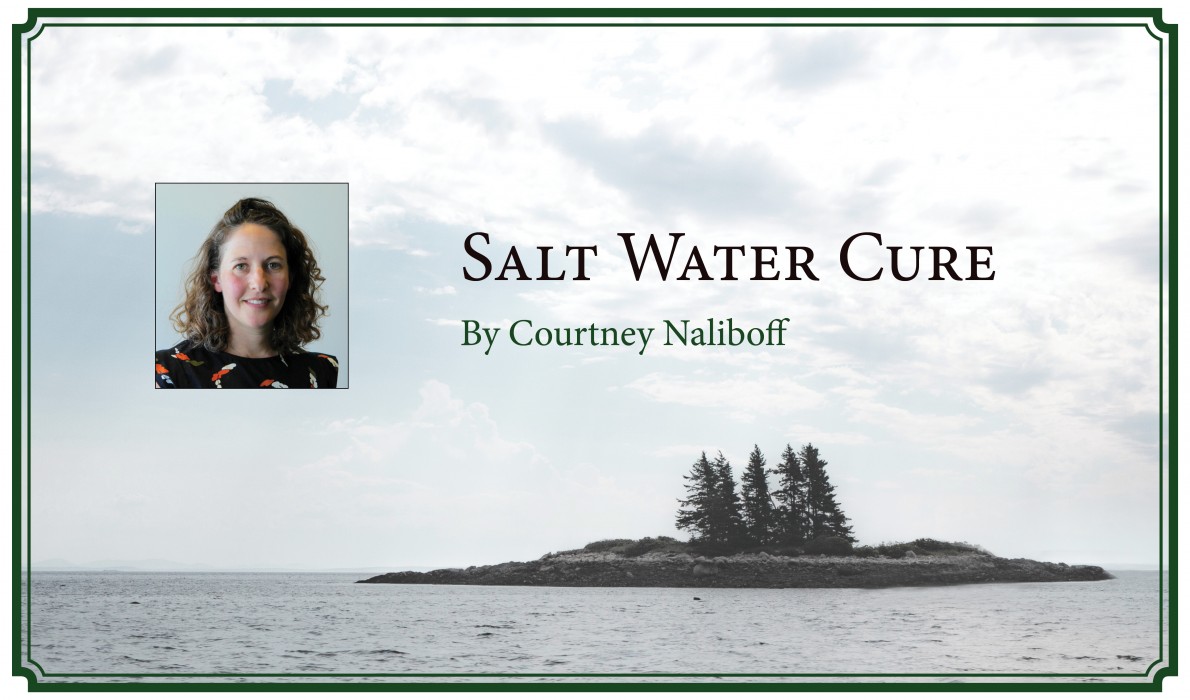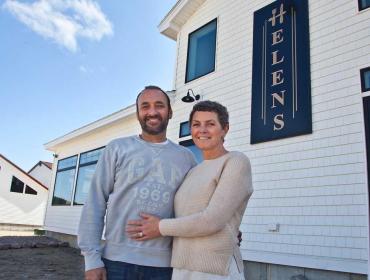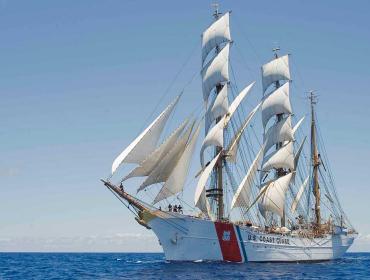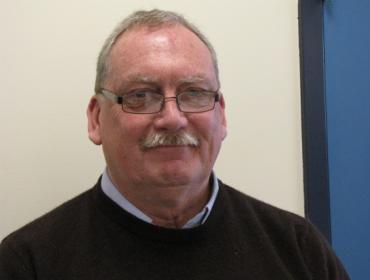Posted September 26, 2019
Last modified September 26, 2019
By Courtney Naliboff
This fall marks the first time Maine’s October three-day-weekend will be held in honor of indigenous people in the state, rather than that guy who accidentally landed in the Caribbean and instigated the first of many Western hemisphere genocides. The change on the calendar is part of a series of recent events that highlight the continued presence of indigenous nations and increase their visibility.
I thought I understood the history of the Penobscot Nation on North Haven. The Turner Farm shell midden is well-known, thanks to archaeologist Bruce Borque’s work and writings. Penobscot artifacts have been found in great quantities along the beaches, and the school has had ongoing educational relationships with both Penobscot and Passamaquoddy leaders.
I knew that there were 12,000 years of indigenous civilization in Maine, that the Penobscot River was the highway used for summer occupation of the Fox Islands to get away from black flies and catch the swordfish that used to fill the bay.
But I also had it in my head that there weren’t many interactions between white English colonists and the native population. Although I knew of some older houses on the island with secret chambers, reportedly for hiding from Indian attacks, I hadn’t heard anecdotes of actual encounters.
That is, until this spring.
I decided to teach Tommy Orange’s paradigm-shaking novel There, There to my ninth- and tenth-grade English students. I had read it when it was released, and was impressed by the book’s intricate structure and thoughtful commentary on the continued, resilient presence of Native Americans in the United States.
As part of our study, we visited the North Haven Historical Society to highlight the fact that no matter how many families consider themselves “true” North Haveners, their presence on the island is predated by thousands of years by the Penobscot Nation and its predecessors.
The society’s executive director Lydia Brown showed us the Oscar Waterman and George Burr collection, five or six file boxes filled to the brim with finely crafted arrowheads, fish hooks, ceramics, needles, and spear points collected on North Haven in the 1950s and ‘60s, and dating as far back as 3,000 years. Students gingerly handled the objects, trying to imagine an island inhabited, farmed, and fished by people other than their relatives.
As we examined maps, texts, and other evidence of Penobscot presence on North Haven, Lydiawondered if instead of residing at the historical society, the items should be returned to the Penobscot Nation.
Shortly after, she began conversing with the tribal archaeologist and historical preservation officer to return the items to the Penobscot Nation, a process that other museums and organizations have also gone through, especially since the Native American Graves Protection and Repatriation Act and the Indian Arts and Crafts Act of 1990.
As English colonists came to the Fox Islands, she said, Massachusetts’ colonial government issued a proclamation in 1775 ordering colonists in Maine to destroy the Penobscot tribe and offered a bounty for the scalps of men, women, and children. Over 50 such genocidal proclamations were issued in New England in the 17th and 18th centuries with settlers rewarded in both land and money, Lydia reports. Trading posts around Maine handled animal furs, pelts, and “redskins,” the scalps of murdered native people.
I asked if she knew of documented interactions between colonists and Penobscots, and at the time, she didn’t. But a few days later she emailed me a page from a 1946 North Haven Centennial program, with shocking—but not surprising—information.
Although no date is attached to the incident, the program excerpts Leon Staples’ History of North Haven and describes an attempt by “Indians” who, he admits, had “some prior claim to all lands on the Maine coast,” to reclaim those lands by landing in war canoes. According to Staples, tradition says 100 were killed and then buried on what is now known as Indian Point.
I’ve referred to that beautiful piece of land as Indian Point, per the street sign, since I moved here, as do we all. And I never stopped to consider why. The fact that the name commemorates a massacre (or, from Staples’ point of view, a victory) has passed from our collective memory—maybe willingly, maybe because this kind of thinking is the norm.
Certainly, the story of Murder Rock, in which 20 white colonists on Vinalhaven were killed by Native Americans in 1724, is referred to as a massacre in the 1939 Fox Islands Sesquicentennial Celebration program, also shared with me by Lydia.
My hope for this Indigenous Peoples’ Day, Maine’s first, is that honest conversations about whose land this was, and is, continue to happen in and out of schools, and that the truth and reconciliation process currently being facilitated through Wabanaki Reach and the state of Maine, as documented in Dawnland, continues.
Renaming the holiday may seem trivial to some, but it is a step towards reframing the stories we tell about North Haven, and indeed every square inch of the Western hemisphere.
Courtney Naliboff teaches, plays music, parents, and lives on North Haven.
Contributed by




